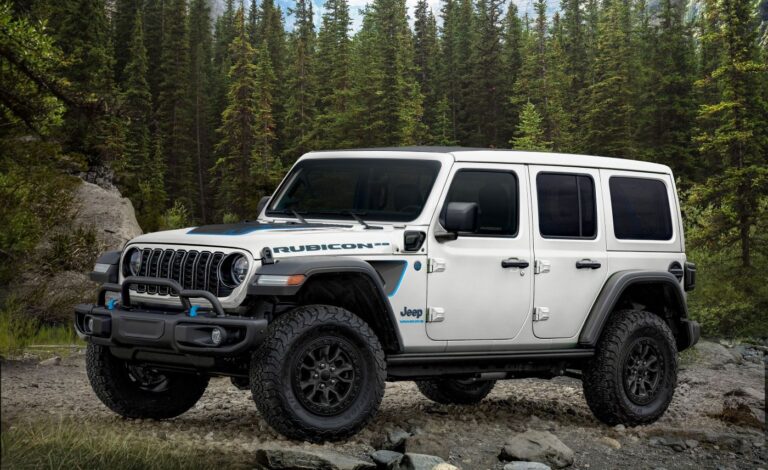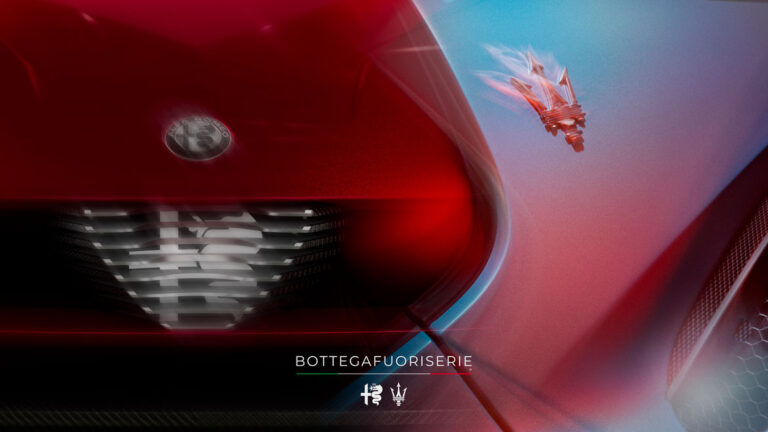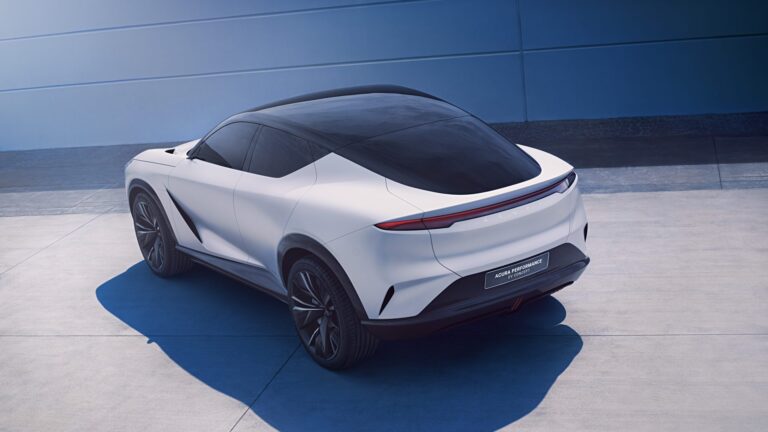Not long ago, Hyundai’s i30 hatchback lineup in Australia offered a range of options, starting at an affordable $24,000. It was a standout value in modern Australian motoring. This transition has led to a price increase, not only due to the introduction of a more sophisticated mild-hybrid turbo-petrol engine but also because of additional import tariffs and higher shipping costs.
The updated lineup begins with the N Line at $36,000 and extends to the N Line Premium at $41,000, both excluding on-road costs. Additionally, all color choices, except Arctic White, come with an extra $595 charge.
Under the hood, the N Line is powered by a 1.5-liter turbocharged four-cylinder engine with a 48V mild-hybrid system, producing 117kW and 253Nm. It is paired with a seven-speed dual-clutch automatic transmission and front-wheel drive. The manual transmission option from the previous model has been discontinued.

In comparison to its predecessor’s 1.6-liter turbocharged engine, power has dropped from 150kW to 117kW, while torque has slightly decreased from 265Nm to 253Nm. Despite the reduced output, Hyundai claims improved fuel efficiency, with consumption lowered from 7.1L/100km to 5.6L/100km.
Design and Features
Hyundai has made efforts to elevate the N Line’s premium appeal. The test vehicle featured an eye-catching optional paint job and intricate 18-inch alloy wheels wrapped in Michelin Pilot Sport 4 tires. Updates include a redesigned grille, side skirts, rear bumper, and new badging. It remains recognizable as an i30 but with a more refined touch.
The N Line Premium stands out with a panoramic sunroof that includes a retractable fabric inner cover—a thoughtful addition, considering many models lack this feature.
Inside, the Premium variant boasts exclusive features such as Hyundai’s Bluelink connected car services, which provide conveniences like SOS emergency assistance and remote door unlocking. The infotainment system has been upgraded from an 8-inch to a 10.25-inch touchscreen with satellite navigation. Other premium touches include power-adjustable driver’s seating, heated front seats, a heated steering wheel, and over-the-air software updates.

Additionally, the Premium model gains extra driver assistance features, including adaptive cruise control with distance monitoring and lane-centering technology.
Standard features across both N Line models include leather and suede upholstery, newly designed N Line front seats, dual-zone climate control, wired Apple CarPlay and Android Auto, wireless phone charging, USB-A and USB-C ports, AM/FM and digital radio, a 10.25-inch digital instrument cluster, and a six-speaker audio system—down from the previous seven-speaker Infinity system in the outgoing N Line Premium.
Safety and Servicing
Both versions of the i30 now come equipped with blind-spot monitoring, rear cross-traffic alert, intelligent speed limit assistance, a multi-collision brake system, and rear occupant alert, in addition to essential autonomous emergency braking that detects pedestrians, powered two-wheelers, and motorcycles.
The model is equipped with seven airbags, dual rear-seat ISOFIX anchor points, and three top tethers. The i30 N Line’s servicing schedule follows Hyundai’s typical 10,000km intervals, which can be costly for frequent drivers. However, for those who drive less, the 12-month interval is more in line with industry standards.
Hyundai provides a five-year warranty, with capped-price servicing costs set at $1,095 over three years, $1,460 over four years, and $1,795 over five years (as of January 2025). Lifetime roadside assistance is also available, provided servicing is done at an authorized Hyundai dealer.



